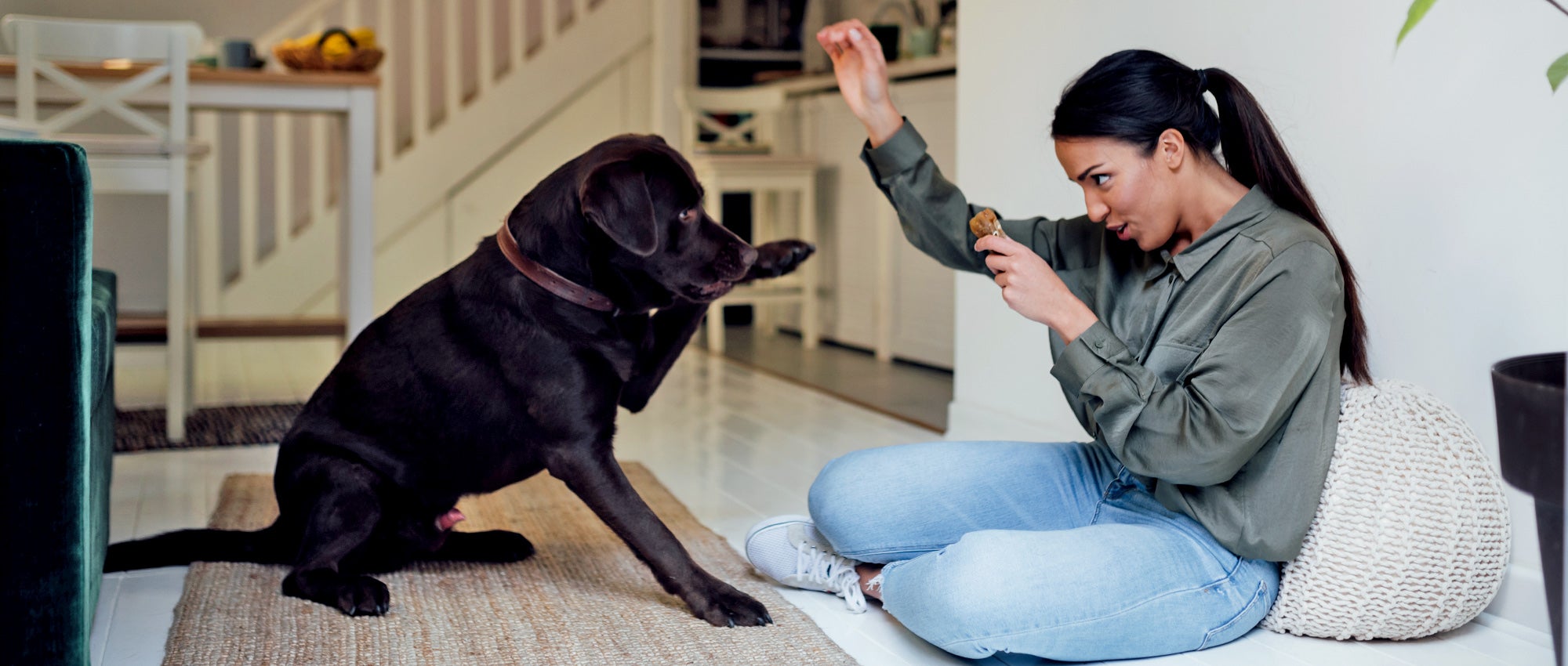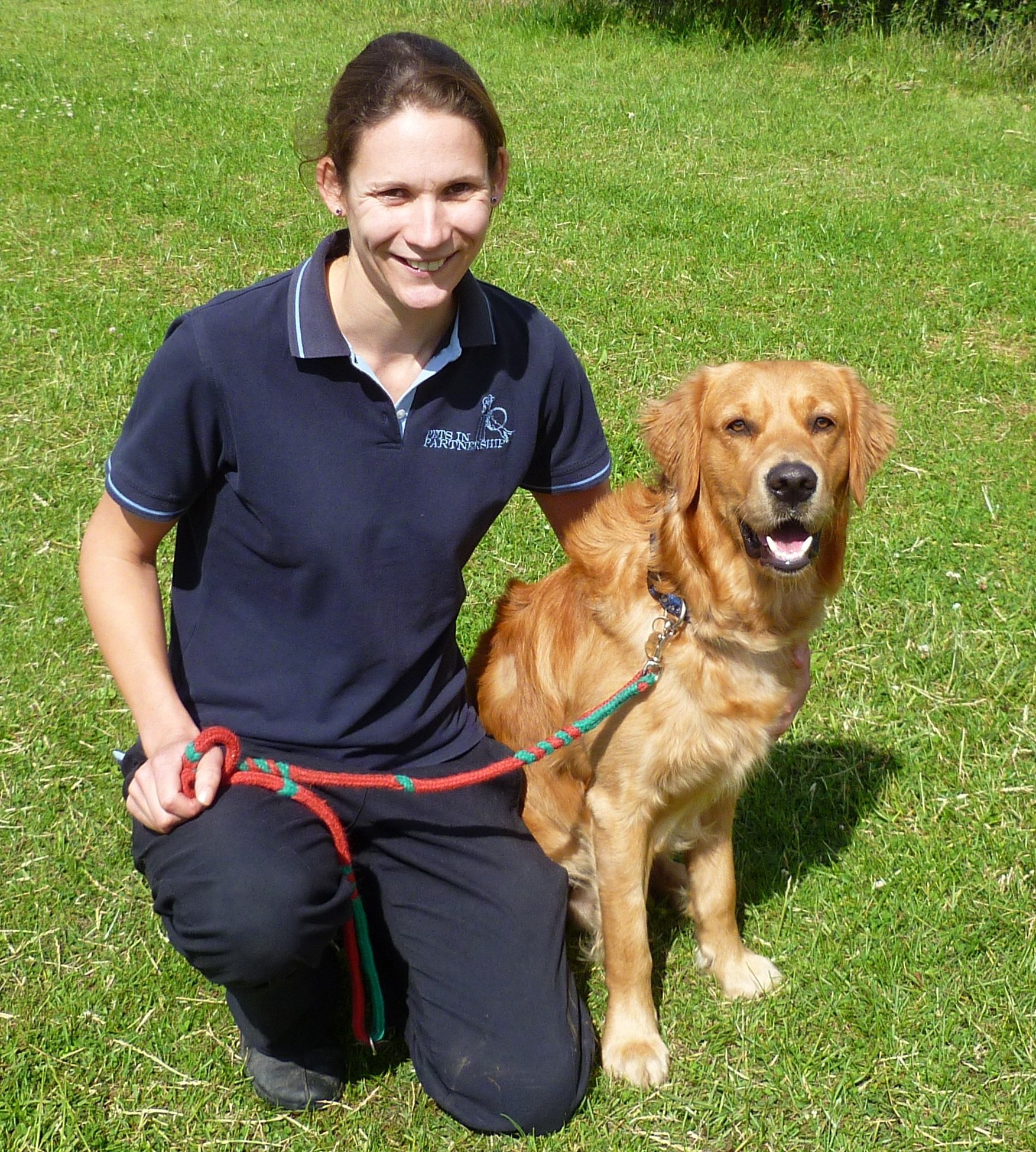The Ultimate Overview to Dog Training: Transform Your Pet dog's Actions
Efficient canine training is vital for fostering a harmonious relationship in between pet dogs and their owners. The intricacies of canine habits and the application of structured training strategies play a vital function in this process. By understanding the concepts of positive support, uniformity, and socializing, animal proprietors can browse common obstacles that arise throughout training. This guide not just aims to outfit you with the essential devices to transform your pet's habits but likewise invites you to explore exactly how these foundational principles can result in a deeper link with your animal. What could be the very first action in this transformative journey?
Comprehending Dog Behavior
Understanding pet dog actions is essential for efficient training and a harmonious connection between canines and their owners. A pet dog's actions is affected by a combination of genetics, atmosphere, and experiences. Dog training. Acknowledging these aspects permits proprietors to customize their training approaches to meet the individual needs of their animals
Pet dogs interact largely through body movement, articulations, and faces. A wagging tail can indicate excitement or happiness, while a put tail might signal worry or submission. Observing these cues makes it possible for proprietors to react suitably, enhancing favorable actions and resolving unfavorable ones successfully.
Furthermore, understanding the social framework of dogs can give understandings into their behavior. Pet dogs are pack animals, and they prosper in a structured environment. Developing clear boundaries and regular guidelines can protect against confusion and advertise a sense of protection.
Furthermore, identifying the natural reactions of canines, such as need to chase or dig, is vital. These instincts can be redirected via appropriate electrical outlets, such as play or exercise. By adequately comprehending these behavior aspects, owners can cultivate a favorable training experience, inevitably resulting in a loyal and well-adjusted canine companion.
Crucial Training Methods
Reliable dog training depends on a selection of vital strategies that can considerably improve the understanding process for both the owner and the canine. One essential method declares reinforcement, which entails gratifying preferable behaviors with treats, praise, or play. This method motivates pet dogs to duplicate the habits that lead to favorable results, cultivating a relying on partnership in between the animal and proprietor.
One more secret method is consistency in commands and assumptions. Making use of the very same spoken hints and hand signals assists the pet dog recognize what is called for, lowering complication and promoting quicker discovering. Furthermore, developing clear limits and guidelines is vital for efficient communication.
Socializing is additionally an essential part of training. Revealing pet dogs to different environments, individuals, and various other pets helps them develop proper social abilities and reduces anxiety in strange scenarios.
Last but not least, patience and timing are crucial. Training sessions should be frequent yet short, guaranteeing that the pet continues to be involved and receptive. By employing these crucial strategies, owners can develop a positive and organized training experience that promotes etiquette and strengthens the bond with their canine companions.
Developing a Training Set Up
How can a well-structured training timetable improve a canine's learning experience? A training routine provides consistency, making certain that pet dogs obtain regular, concentrated instruction. This predictability aids pet dogs understand what is anticipated of them, reinforcing their discovering and allowing for much better retention of commands and habits.
When producing a training timetable, it is important to take into consideration the pet dog's age, breed, and private personality. Young young puppies might gain from much shorter, much more regular sessions, while grown-up dogs may love longer, much less constant training periods. Incorporating a range of tasks can additionally maintain the sessions involving, avoiding monotony and advertising excitement for learning.
Additionally, scheduling training sessions at certain times of the day can aid strengthen a routine. For instance, coupling training with daily walks or playtime can create a positive association with understanding. It is also important to include time for reinforcement, such as treats or appreciation, to reward desired behaviors promptly.
Lastly, flexibility is crucial. While uniformity is essential, being versatile to the pet's state of mind or power level can enhance their learning experience. A well-crafted training schedule ultimately lays the structure for reliable interaction and a stronger bond in between the pet and proprietor.
Typical Training Difficulties
In spite of having a well-structured training schedule, dog proprietors usually run into different difficulties during the training process. One usual problem is variance in commands and signs. When several family participants make use of different terms or tones, a pet dog might come to be confused, preventing its capability to learn effectively.
An additional regular challenge is disturbance. Dog training. Pet dogs are naturally interested animals, and external stimulations such as other pets, sounds, or individuals can divert their attention throughout training sessions. This needs proprietors to produce a controlled environment or progressively introduce interruptions to enhance focus
Additionally, varying power levels can affect training outcomes. High-energy pet dogs may struggle to calm down and concentrate, while extra laid-back types may need added motivation to involve. Customizing the training method to fit the specific pet's character is crucial for success.

Building a Solid Bond
A strong bond between a visit our website canine and its owner is necessary for effective training and general health. Dog training. This partnership fosters trust, which is important for efficient communication during the training process. When a pet dog really feels linked and safe to its proprietor, it is most likely to react favorably to commands and signs
To develop this bond, consistency is crucial. Developing a routine that includes regular feeding, exercise, and training sessions helps produce a about his feeling of security. Furthermore, favorable reinforcement techniques, such as treats, praise, and play, reinforce wanted habits while enhancing the emotional connection.
Socialization is another essential aspect of bond-building. Subjecting your canine to different settings, individuals, and other animals helps them feel more comfy and certain, enhancing the bond with their owner. Engaging in tasks with each other, such as walking, playing bring, or joining obedience training, advertises synergy and shared enjoyment.
Verdict

Recognizing canine habits is important for efficient training and an unified relationship between pet dogs and their owners.Efficient pet training relies on a selection of vital strategies that can considerably improve the understanding process for both the proprietor and the pet.Despite having a well-structured training routine, pet dog proprietors often encounter different difficulties throughout the training procedure.In conclusion, effective canine training relies on a thorough understanding of canine behavior, the application of important methods, and the establishment of an organized training Get More Info timetable. By highlighting favorable support and uniformity, pet proprietors can significantly enhance their pet dogs' behavior, ultimately guaranteeing a harmonious relationship and promoting the well-being of both the pet and its environment.
Comments on “The Science Behind Successful Dog Training Techniques”